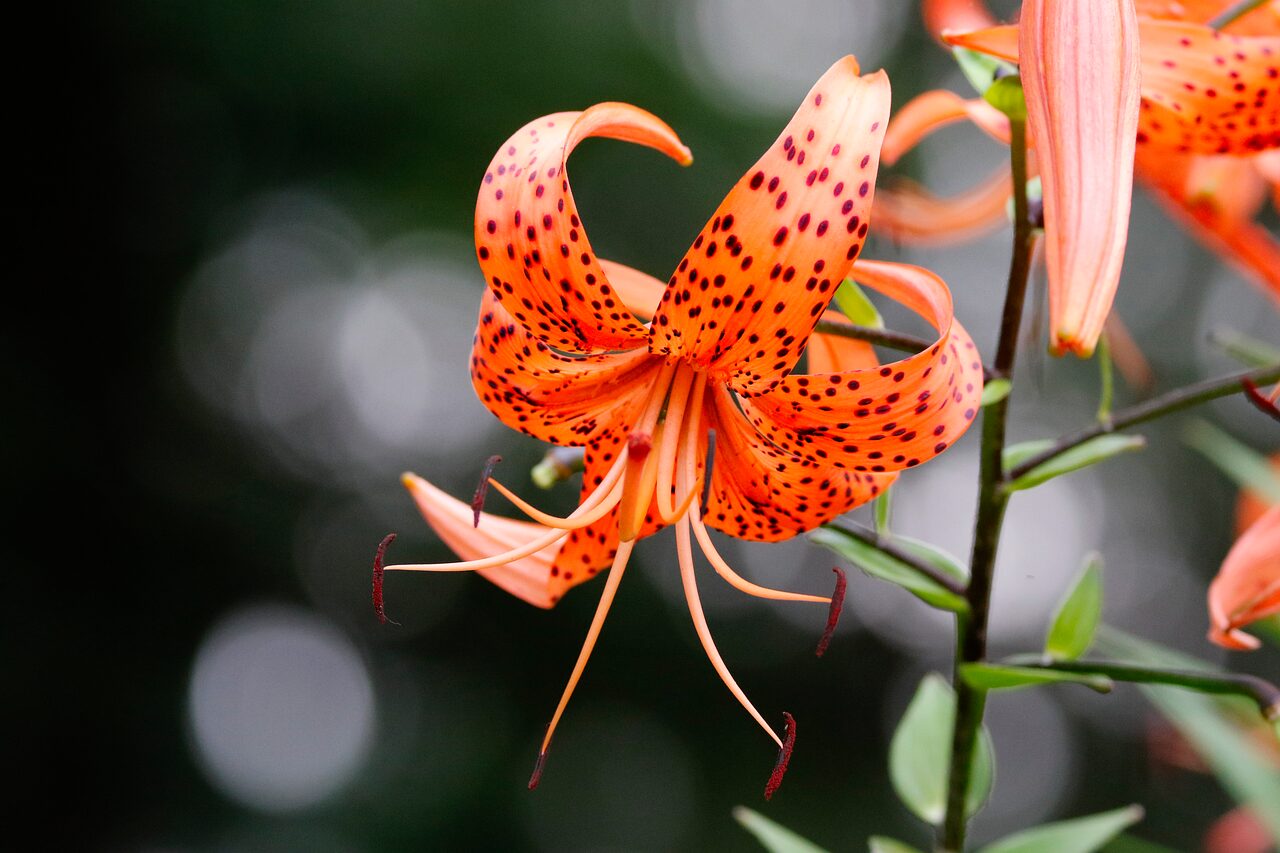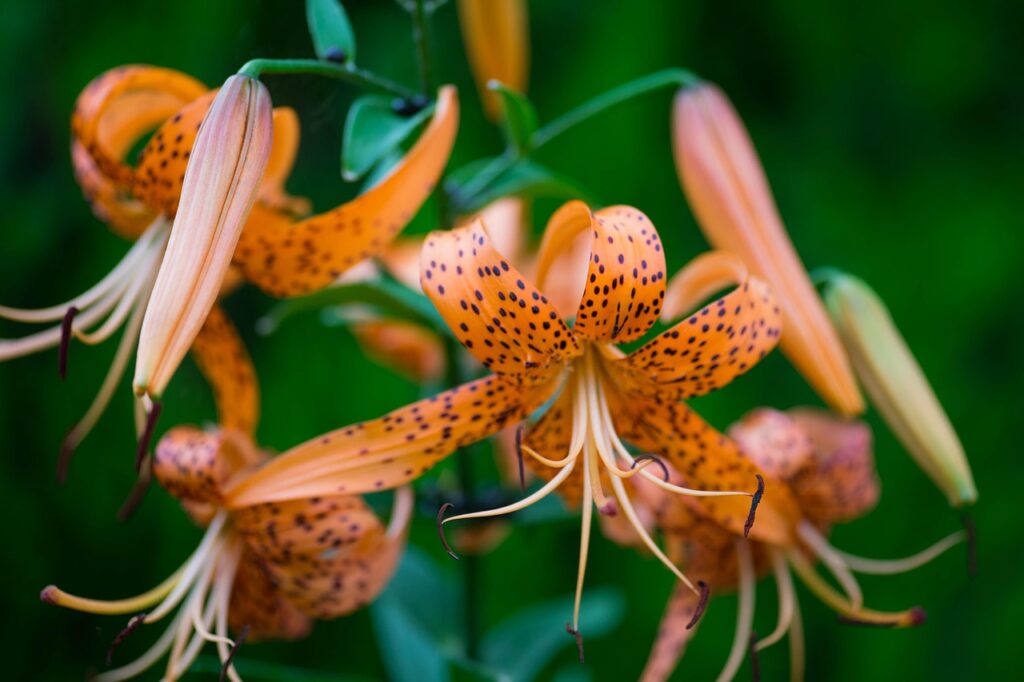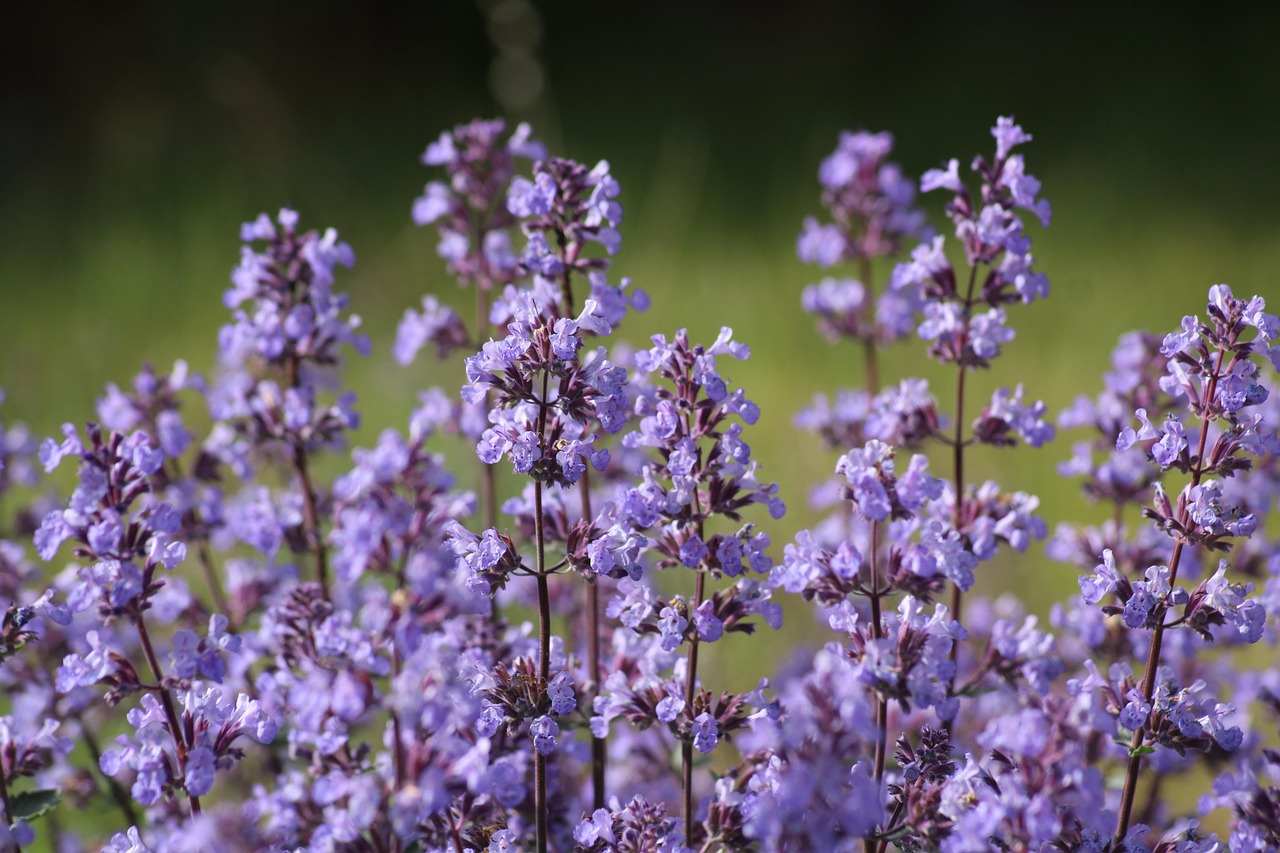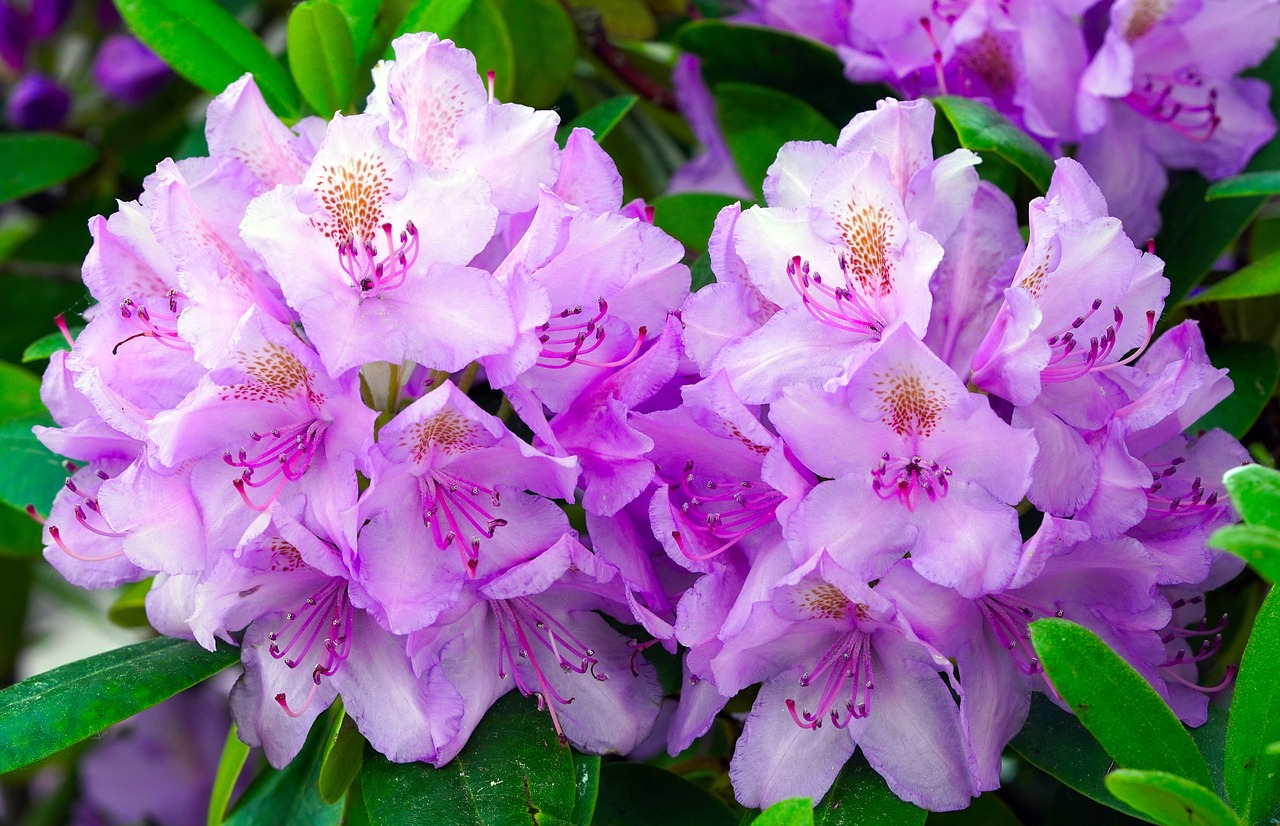Tiger Lily | Memories of Vigorous Beauty in the Satoyama

The Tiger Lily is a striking summer flower of Japan, characterized by its bright orange petals adorned with black spots. With its tall and vigorous appearance, it creates a strong impression and stands out when planted in gardens or flowerbeds.
In this article, I will introduce the basic information about the Tiger Lily, as well as its cultural significance, history, and methods of cultivation.
Basic Information
- Scientific Name: Lilium lancifolium
- Family: Liliaceae
- Origin: East Asia (Japan, China, Korean Peninsula)
- Appearance: Grows to a height of 1–2 meters, producing bulbils (small aerial bulbs) at the leaf axils. The large orange flowers with spotted petals leave a striking impression. Their downward-facing blooms are unique among lilies.
- Flowering Season: July–August
Cultural Significance Around the World
The Tiger Lily has been cherished in East Asia for centuries. Its powerful appearance and brilliant color have given it cultural and symbolic meaning.
In Japan, it has long appeared in poetry and painting as a seasonal symbol of summer. It is sometimes portrayed in classical literature as a resilient wildflower. The production of bulbils has also been interpreted as a sign of vitality and life force.
In China and Korea, the Tiger Lily has been planted in gardens and parks, admired as a flower embodying both beauty and strength.
In Europe and North America, it is widely known as the “Tiger Lily.” Its exotic form gained popularity, and it came to be cultivated as an ornamental plant.
Historical Background
The Tiger Lily has long grown naturally across East Asia, including Japan, where it was a familiar wildflower.
By the Edo period, it was already cultivated as an ornamental plant, valued for its beauty and grown in home gardens.
In the 19th century, it was introduced to Europe under the name “Tiger Lily.” During the Victorian era in England, its vivid color and distinctive shape attracted attention, and it became a popular greenhouse flower.
Gardening Advice

Although robust and easy to grow, the Tiger Lily thrives best when cared for with the following points in mind:
Sunlight
Prefers sunny, well-ventilated areas. While it tolerates partial shade, flowering is more abundant with full sunlight.
Watering
In the ground, natural rainfall is usually sufficient, but water should be added during prolonged dry spells. In pots, water thoroughly when the soil surface becomes dry.
Soil
Prefers well-drained soil. Mixing leaf mold or pumice helps prevent root rot.
Fertilizer
Apply slow-release fertilizer in spring and autumn. Before flowering, add liquid fertilizer to encourage more blooms.
Support
Since the plant grows tall, use stakes to prevent it from falling over in strong winds.
Conclusion
The Tiger Lily is a powerful and brilliant flower native to East Asia. In Japan, it has long been loved as a symbol of summer, while in China and Korea, it has been treasured as a decorative garden plant.
Introduced to Europe in the 19th century, it became known as the “Tiger Lily” and remains beloved worldwide for its distinctive beauty.
Blooming vibrantly in summer, it brings a bold impact to gardens and flowerbeds, enriching seasonal scenery and delighting people across the globe.




